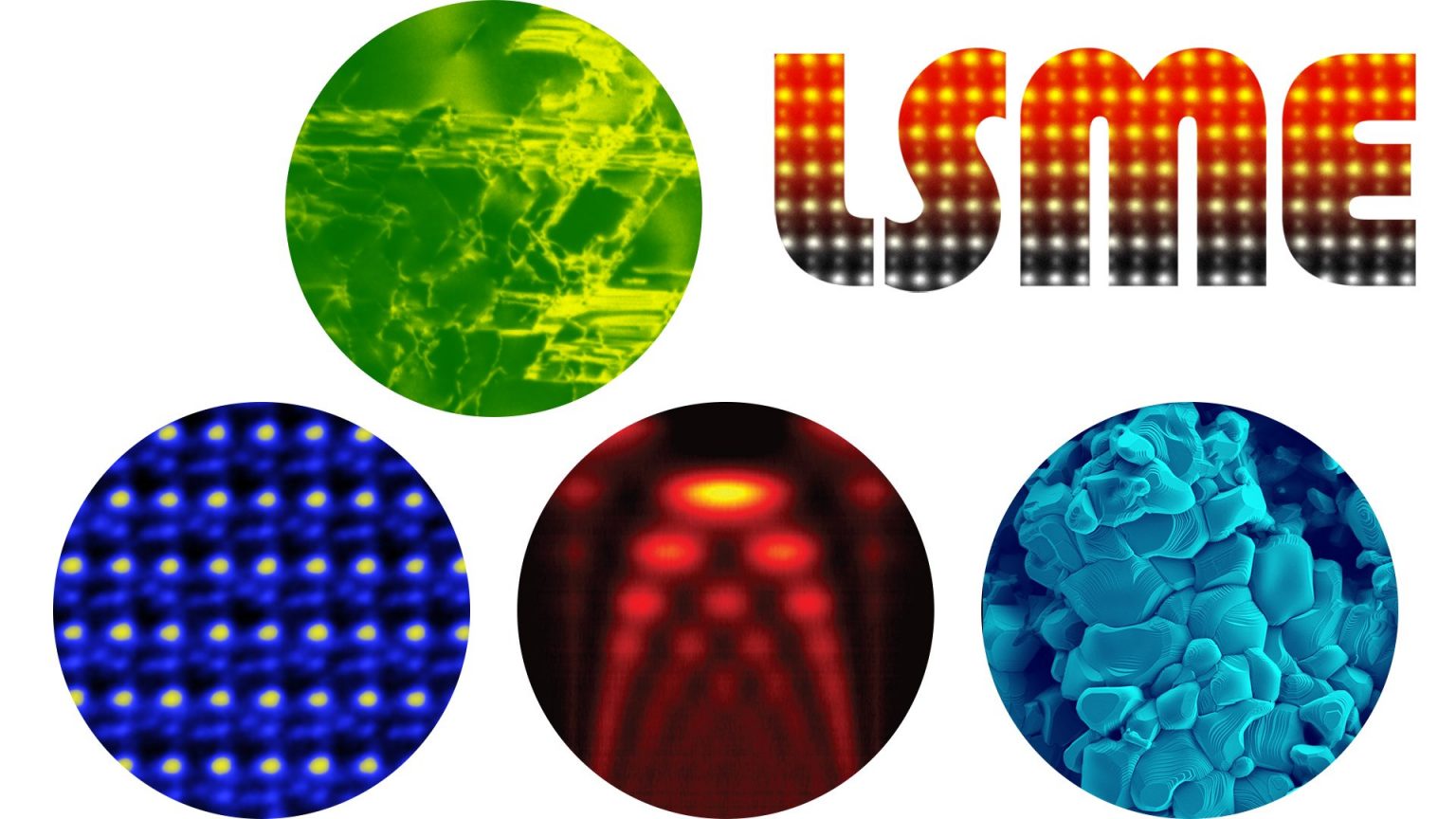
Our lab
Welcome to the Electron Spectrometry and Microscopy Laboratory (LSME). In this laboratory we address scientific problems through the development and utilization of advanced electron microscopy techniques and data processing and interpretation. Current research interests include:
– Improved elemental quantification in analytical scanning transmission electron microscopy using combined EDXS and EELS.
– 3D reconstruction of curvilinear and other objects via “single shot” data acquisition in STEM and algorithmic reconstruction for fast/low dose applications in materials and life sciences.
– Open science and “Big data” in electron microscopy: strategies for open source exporting, management and processing of hyperspectral data created by new generation spectroscopy detectors.
– Characterization of structure and structural evolution in energy technology materials (fuel cells and transparent conductive oxide layers for photovoltaic cells).
– Precision measurements of crystalline structure and electronic properties from the atomic to nano scales by aberration corrected microscopy and spectroscopy.
– Measuring near field optical properties of nanophotonic and plasmonic structures using high energy resolution low loss EELS (e.g. Au-Fe “magnetoplasmonic” nanoparticles).
Physics-guided NMF for phase separation and quantification of STEM-EDXS data
In a strong collaboration with the Swiss Data Science Center, we announce our latest publication From STEM-EDXS data to phase separation and quantification using physics-guided NMF in Machine Learning Science and Technology. In this paper, we present a detailed description of the theoretical principles and functioning of our new algorithm EsPM-NMF in the Python-based espm (…)
Electron beam writing of crystal structure at oxide interfaces
In collaboration with researchers from the Department of Quantum Matter Physics at the University of Geneva, we study the gap between strontium titanate membranes and Nb-doped strontium titanate carrier substrates onto which they have been transferred. In thermally annealed samples, raster scanning an intense STEM electron beam causes the residual Sr, Ti and O atoms (…)
EPFL news on enhanced chemical analysis at the nanoscale
In a front-page news article, EPFL profiles the latest publication from LSME, part of the lab’s ongoing work on innovating novel machine learning approaches for the improved analysis of analytical TEM data: AI enhances chemical analysis at the nanoscale